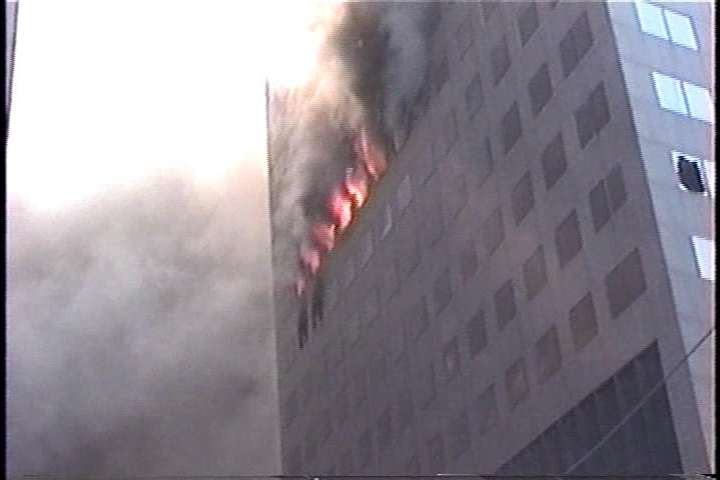You keep saying this, but it's pure nonsense. The simulations were only ever intended to be somewhat accurate up until collapse initiation.
Ah so they were intended to be inaccurate, now I get it 
Because their purpose was to find out WHY the building collapsed.
So the reason why the building collapsed is inaccurate ? I'd be tempted to agree with that you know. 
Given the vast number of uncertainties as to the initial state (with impact damage
Minor impact damage ? ), and the actual spread of the fires,
Which had mostly burned out by the time the building failed the results of the simulation are remarkably accurate. All the significant features up until the collapse of the exteriors are represented very well.
So what your saying is that the parts of the collapse that were invisible to the observer, are quite accurate ? I guess my question then would be, by what basis can you judge how accurate they might be if there is zero supporting evidence for there being any accuracy at all. But then you go on to say that the visible parts of the collapse, the fall of the exterior, are represented well, when its more than obvious that the models don't represent them at all, instead they stop just as the collapse of the exterior walls is initiated. So that they very specifically do not represent that failure.
If you disagree, then point out exactly where it differers, and we can compare in more detail.
Next

